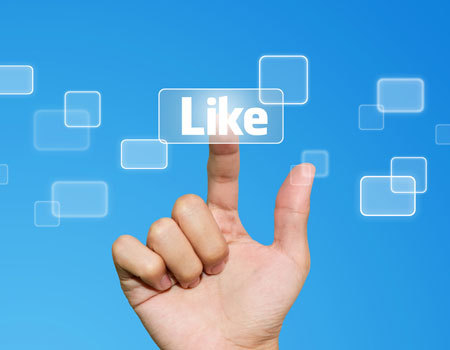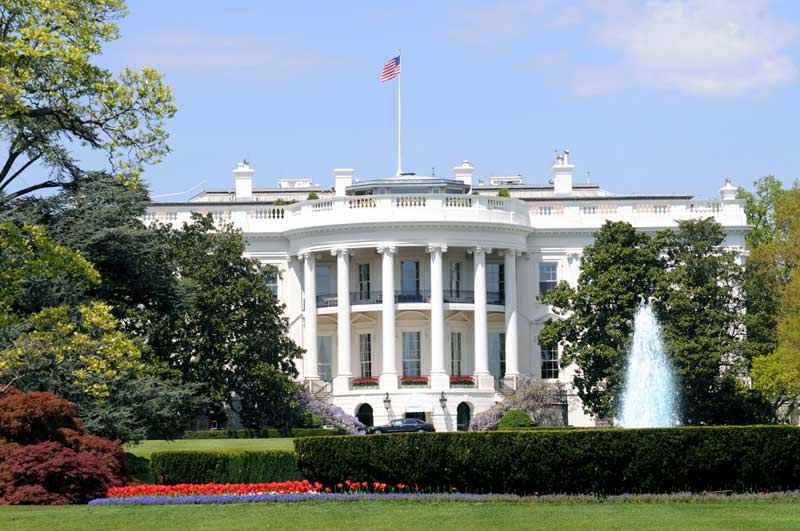Facebook Friends Carry Huge Influence on Voter Turnout

Do you "like" voting? Saying so on Facebook could influence your friends to hit the polls.
A single get-out-the-vote message sent to 61 million Facebook users on Election Day 2010 influenced 340,000 people to cast ballots when they otherwise would not have, according to the findings of a massive social experiment. The results, appearing tomorrow (Sept. 13) in the journal Nature, are the first to show that online actions can influence specific real-world behaviors, said study leader James Fowler, who researches social networks at the University of California, San Diego.
"A single message directly mobilized millions of acts of online political communication and information-seeking," Fowler said in a media briefing about the findings. "But even more important, people who saw the message were more likely to show up at the polls."
Not only that, Fowler said, but having a friend who saw the message — bringing it to your attention either through Facebook or in the real world — increased your chances of voting, too. For every one person directly affected by receiving the Facebook message, four were indirectly influenced to vote.
"If we had only measured the direct effect on recipients [of the message], we would have missed the whole story," Fowler said. "The network is key." [Top 10 Major Political Protests]
Getting out the vote
Voter turnout efforts usually manage to bring an extra 1 percent to 8 percent of people to the polls, according to previous studies, Fowler said. Electronic communication is usually the least effective way to encourage people to vote.
Sign up for the Live Science daily newsletter now
Get the world’s most fascinating discoveries delivered straight to your inbox.
But voting behavior is correlated in social networks: If your good friends vote, it's more likely you will, too. What's difficult for researchers is teasing out whether that's the result of you and your friends being very alike, or whether their behavior truly influences your own.
To find out, the researchers collaborated with Facebook to send 61 million users an Election Day reminder on Nov. 2, 2010. These users saw a social message with the heading "Today is Election Day" and a link to find their polling place alongside pictures of up to six of their friends who had clicked an "I voted" button in the message. The user had the option to click this button as well.
An additional 611,000 people saw the same message, but without the faces of their voting friends. And 613,000 users who logged on that day saw no voting reminder at all.
Facebook protected user privacy by ensuring that the voting data was not linked to individuals in the study analysis, said Cameron Marlow, who works on the data science team at Facebook.
"The individuals who were being studied were being studied in such a way that their individual identifies were not being observed," Marlow said.
Socially contagious voting
The results revealed that a social message makes for a stronger influence than a purely informational one does. Users who saw the get-out-the-vote reminder emblazoned with the faces of their friends were 2.08 percent more likely to click "I voted," and 0.26 percent more likely to use the poll-finding link, than those who saw the reminder without their friends' faces. The social message group was also 0.39 percent more likely to actually go out and vote than the informational message group was, according to an analysis of publically available voting records.
In fact, getting an informational message without the social component didn't influence real-world behavior at all, the researchers found. People who got the informational message were no more likely to vote than people who got no message at all.
Like a good movie or page-turning novel, U.S. history is full of drama, scandal and the plain odd. Test yourself on these historic election tales.
Quiz: Bizarre US Presidential Elections

To study indirect effects of the message, the researchers classified users' close friends on Facebook. Those people in the 80th percentile of on-site interactions were labeled as "close." These pairs are likely to have in-person relationships as well as online ones, Fowler said.
"Only the 10 closest friends mattered for the spread of real-world voting," Fowler said. People with a close friend who was sent the social voting message were 0.224 percent more likely to vote than someone whose friends had not seen the message.
It's not clear exactly how the voting behavior spread, Fowler said. Clicking "I voted" was recorded on users' news feeds and walls, where friends could see it. Or the message could have spurred a real-world conversation about voting that influenced the friends.
In the end, the researchers calculated, the message directly influenced 60,000 people to vote and indirectly influenced 280,000 more to cast a vote.
The get-out-the-vote message had an equally strong effect on liberals and conservatives, Fowler said. [Life's Extremes: Democrat vs. Republican]
Spreading social networks
Fowler said voting behavior is only one way in which Facebook and other social networks might change the real world.
"In the future, I think it would be really interesting to do something similar not just for promoting an election, but for promoting better health, for example, or promoting better mental health," he said. "I think we could see the same kinds of spillover effects."
Marlow wouldn't say whether Facebook has any get-out-the-vote messages planned for the 2012 election. Still, the results of the experiment are bound to catch the eye of the political campaigns.
"What we have shown here is that those two worlds are not separate," Fowler said. "The online world and the real world affect one another. In this case, we find that this message that started online, that spread online, actually affected real-world behavior. It got a third of a million people to the polls."
Follow Stephanie Pappas on Twitter @sipappas or LiveScience @livescience. We're also on Facebook & Google+.

Stephanie Pappas is a contributing writer for Live Science, covering topics ranging from geoscience to archaeology to the human brain and behavior. She was previously a senior writer for Live Science but is now a freelancer based in Denver, Colorado, and regularly contributes to Scientific American and The Monitor, the monthly magazine of the American Psychological Association. Stephanie received a bachelor's degree in psychology from the University of South Carolina and a graduate certificate in science communication from the University of California, Santa Cruz.









